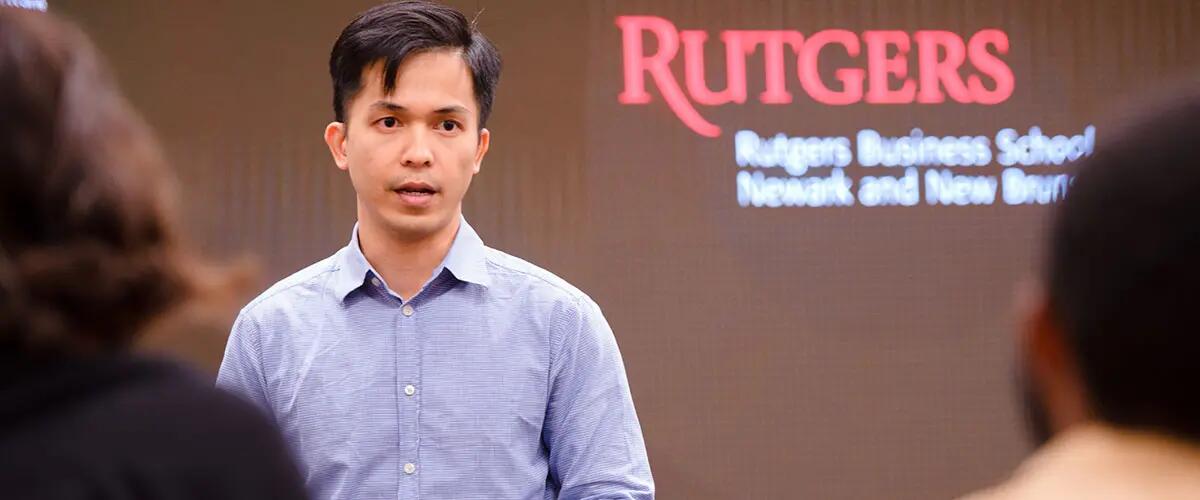Program and Course Information
Ph.D. Program

A total of 72 credits is required for the doctoral degree. These must include:
Select a program to learn more about its additional requirements and course information.
Please consult the websites of the schools and departments for the most updated information on relevant courses.